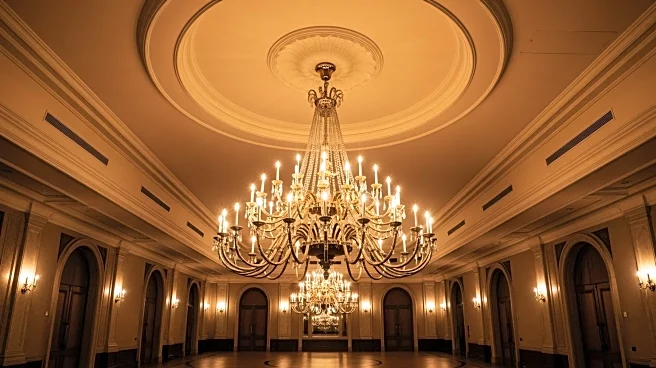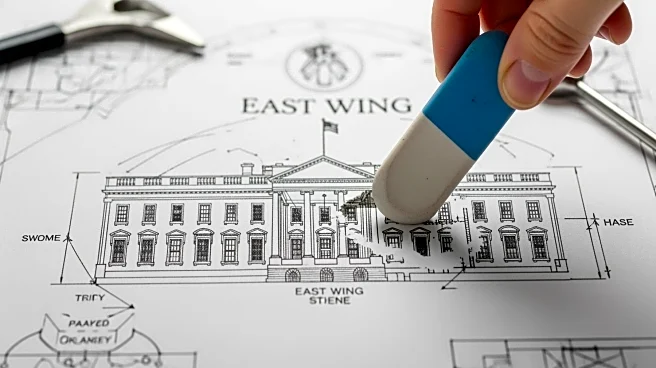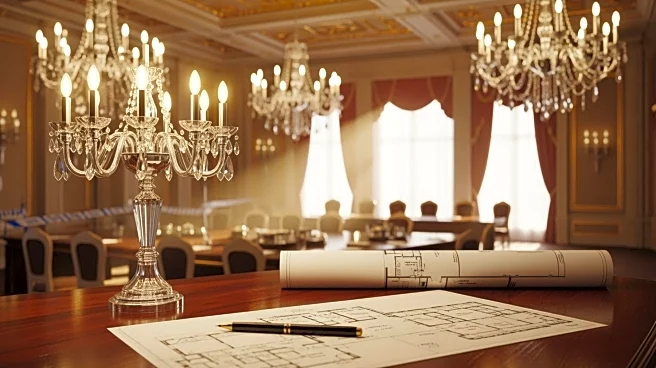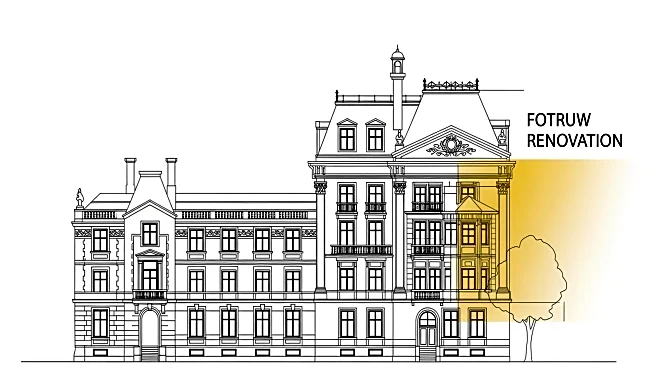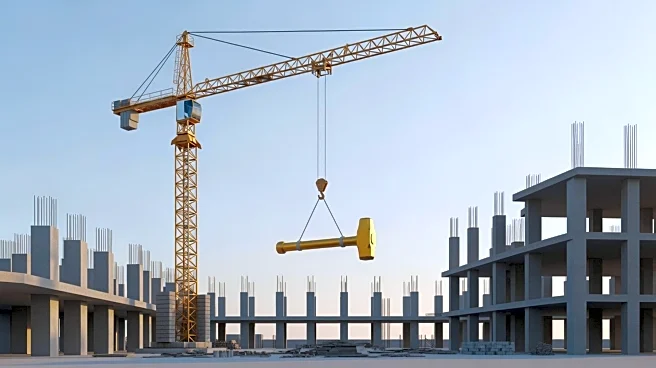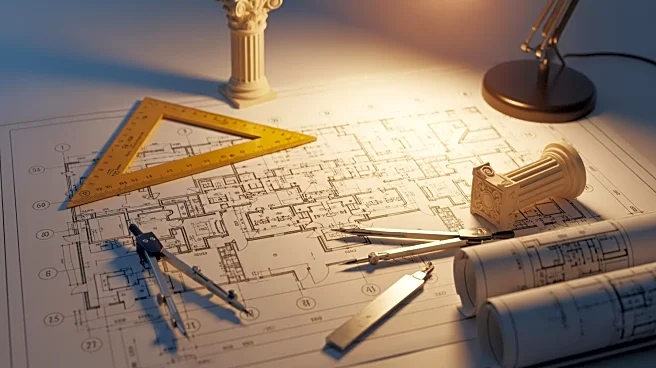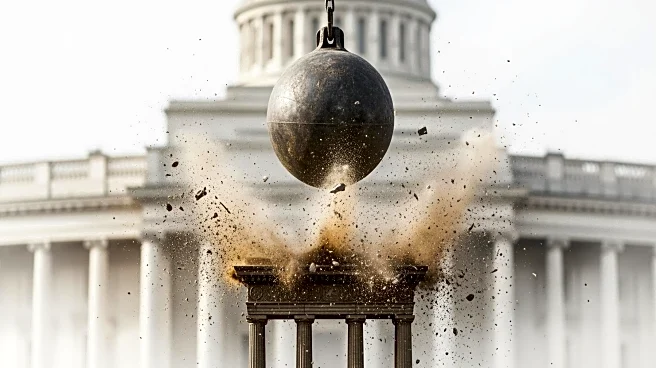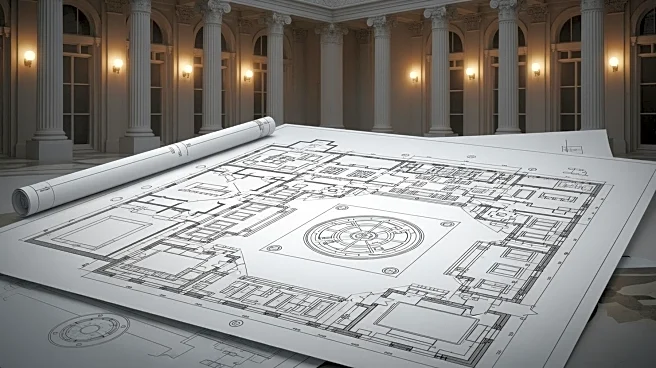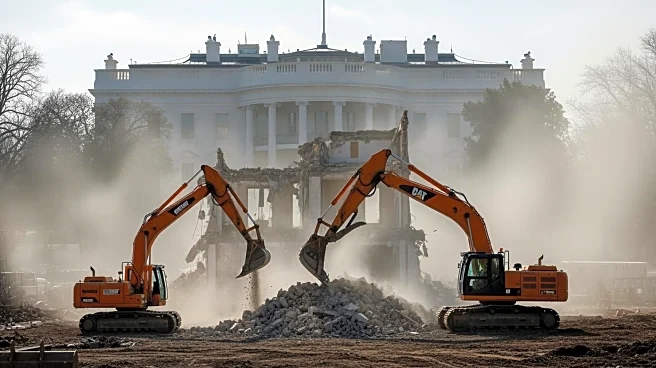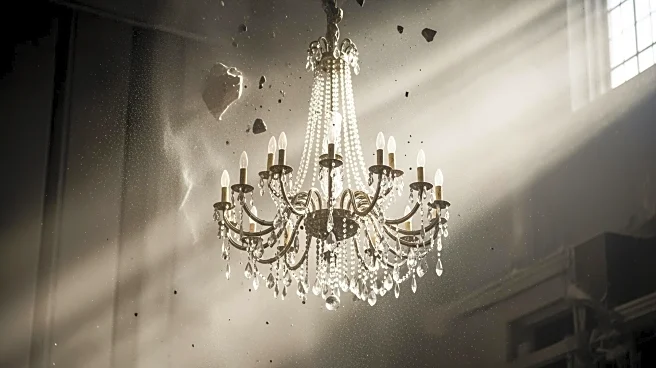What's Happening?
President Donald Trump has commenced a significant renovation project at the White House, involving the demolition of the East Wing to make way for a new 90,000-square-foot ballroom. This privately funded
$250 million project marks one of the most substantial changes to the historic presidential residence in decades. The East Wing, originally constructed in 1902 and last modified in 1942, is being entirely torn down to accommodate this new addition. The White House has defended the project by citing similar renovations undertaken by past presidents, emphasizing a legacy of modernization. Critics, however, have raised concerns about the necessity of the ballroom, given existing spaces for large events, and the impact on the East Wing, traditionally used by the first lady and her staff.
Why It's Important?
The construction of a new ballroom at the White House represents a significant shift in the use and appearance of the presidential residence. This project could influence future renovations and set a precedent for private funding in government property modifications. The decision has sparked debate over the balance between modernization and preservation of historical integrity. Supporters argue that such changes are part of a long-standing tradition of presidential renovations, while opponents fear it may undermine the historical value of the White House. The project also highlights the role of private donors in funding government-related projects, raising questions about transparency and influence.
What's Next?
As the demolition progresses, the White House may face increased scrutiny from preservation groups and historians concerned about maintaining the site's historical integrity. The administration might need to address these concerns and provide more details about the project's funding and design. Additionally, the completion of the ballroom could lead to changes in how events are hosted at the White House, potentially affecting the logistics and scale of future gatherings. Stakeholders, including political leaders and civil society groups, may continue to debate the implications of such a significant alteration to a national landmark.
Beyond the Headlines
The renovation project raises broader questions about the ethical considerations of altering historic sites for modern purposes. It challenges the balance between preserving cultural heritage and adapting to contemporary needs. The involvement of private donors in funding government property changes also prompts discussions about the influence of private interests in public spaces. Long-term, this project could inspire similar initiatives at other historic government buildings, potentially reshaping the landscape of American historical preservation.
